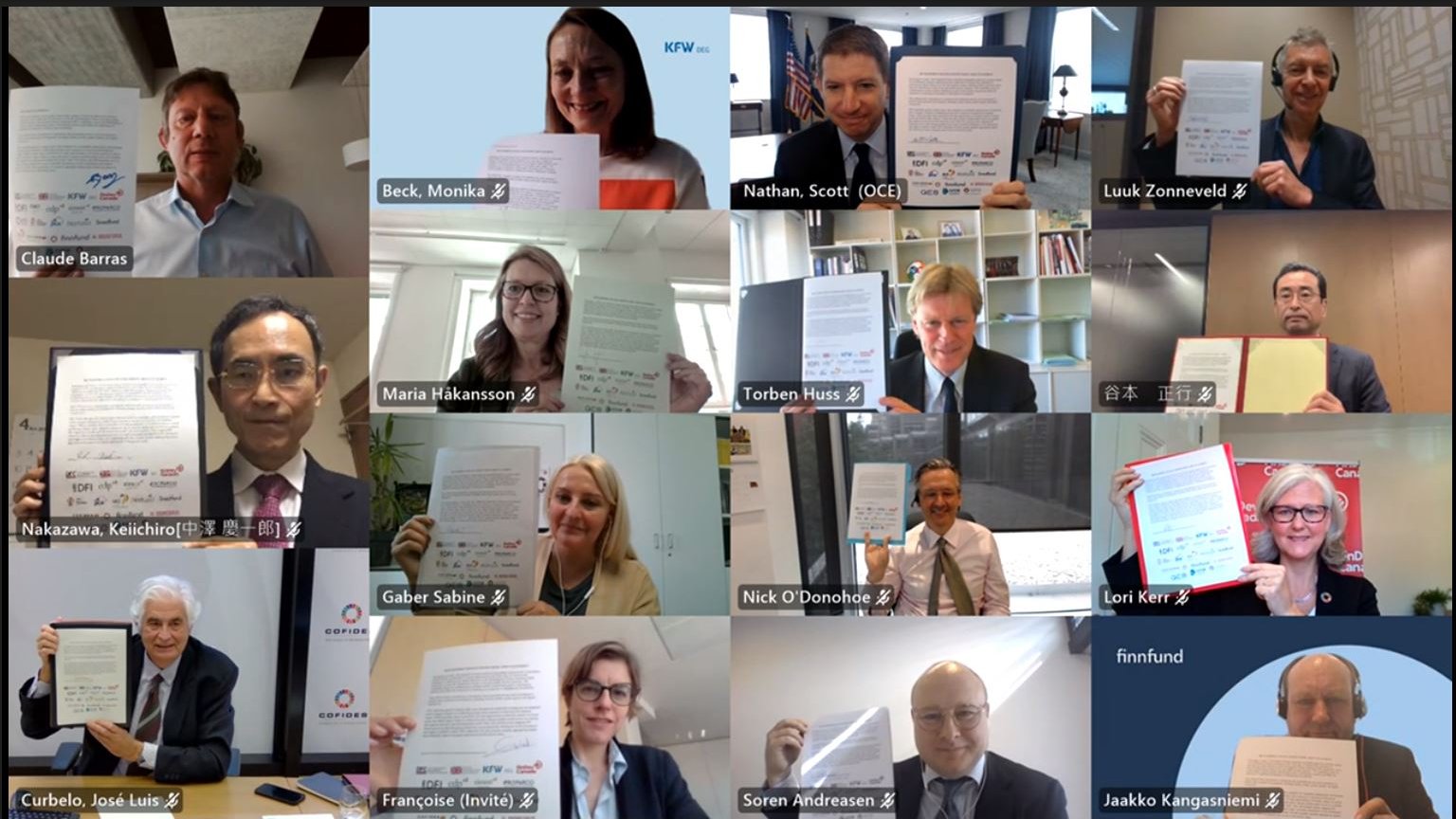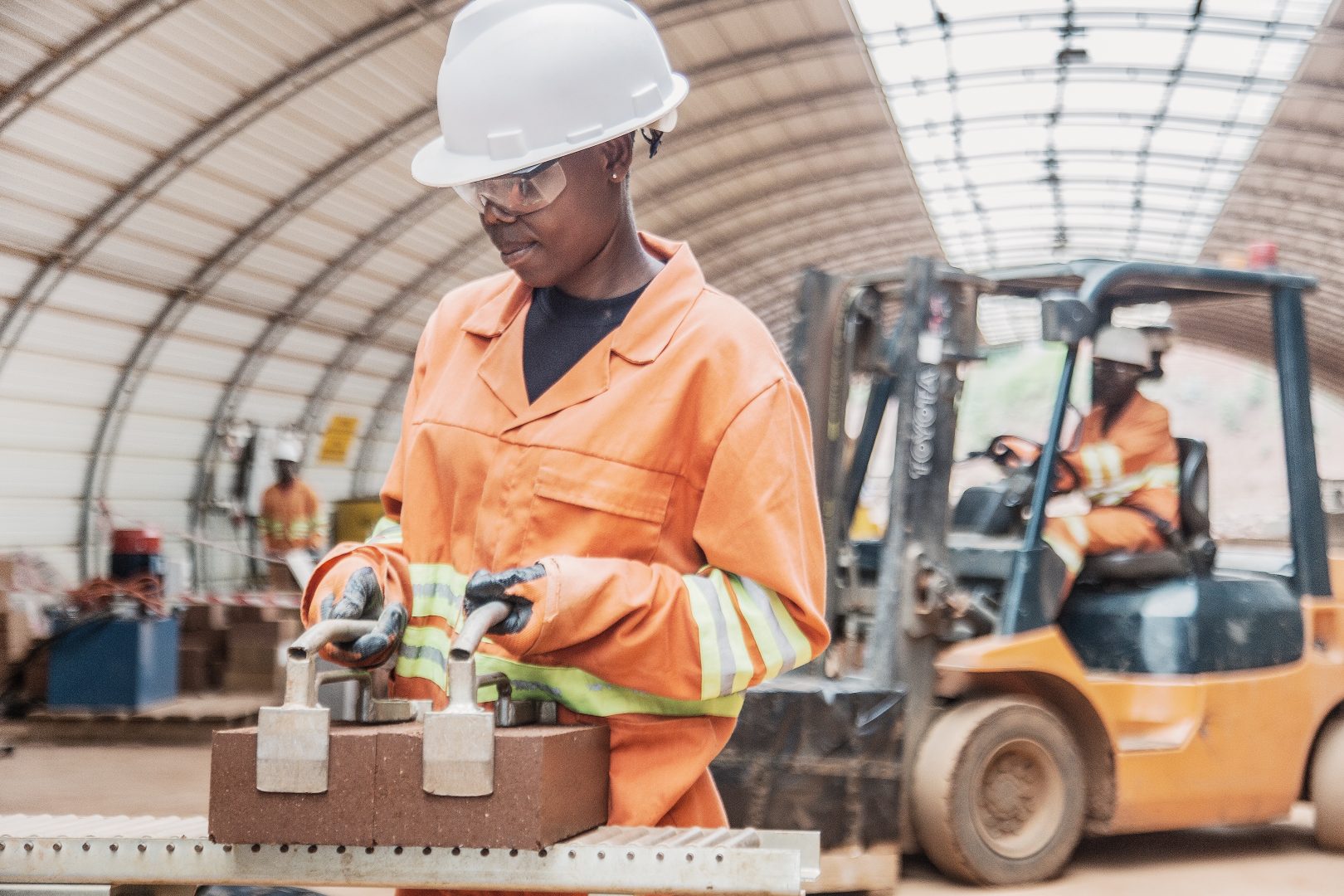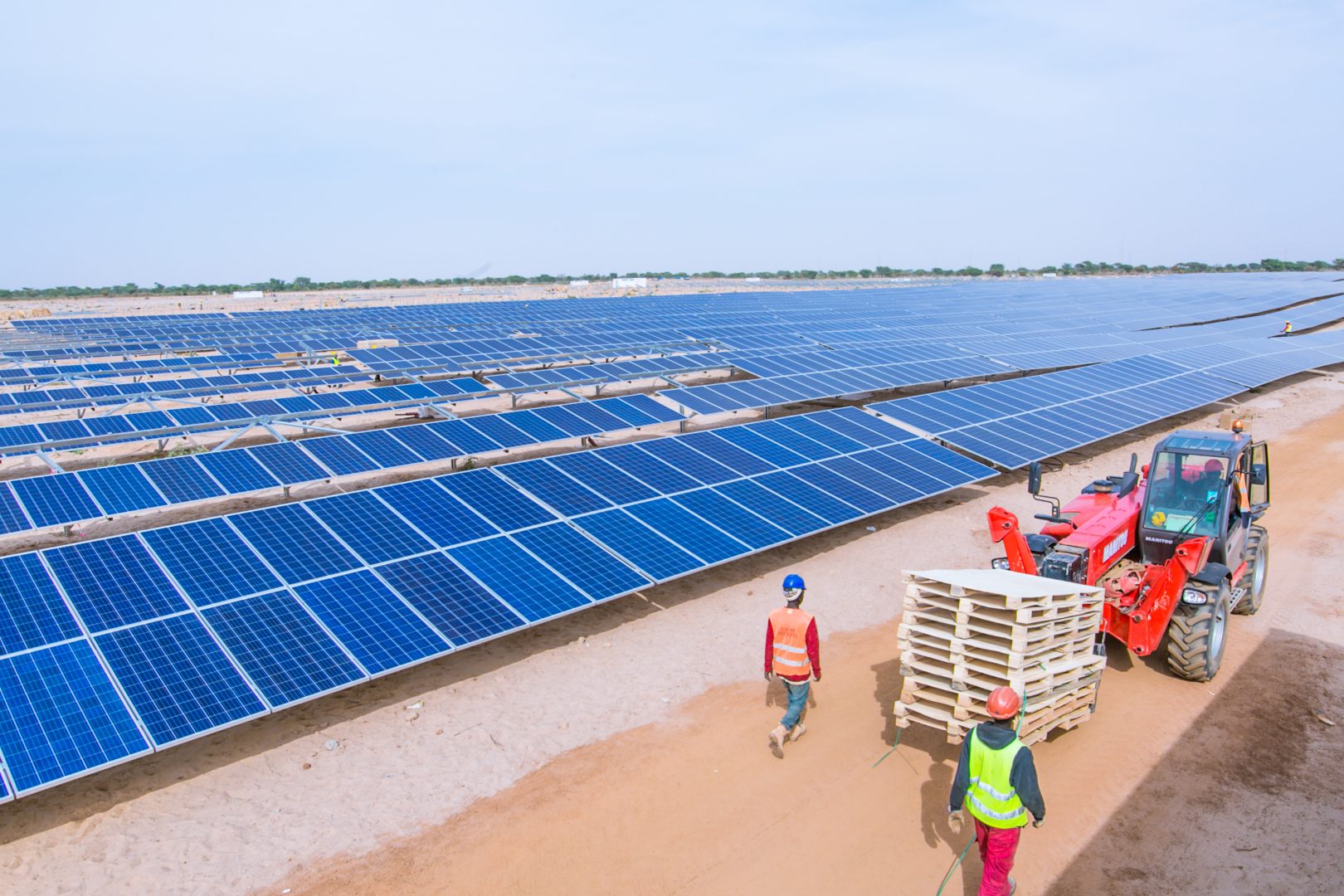This blog was originally published on the International Growth Centre’s website.
The fourth annual DFI Fragility Forum was held in Oxford 3-4 May 2022. Each year, the conference brings together senior leadership from many of the world’s development finance institutions (DFIs) and focusses on private sector development in Fragile and Conflict-Affected States (FCAS). Almost a decade ago, Andrew Mitchell (then the UK’s Secretary of State for International Development) challenged DFIs to “do the hardest things in the hardest places”. Nothing answers that challenge better than investing in Fragile and Conflict-Affected States.
There is, however, an emerging sense that the term “fragile and conflict affected states” is no longer useful. The term conflates fragility and conflict – two phenomena that require differing approaches. Overlap exists but we must treat the categories as separate. The clearest distinction is between poor countries plagued by conflict and those by persistent low-growth.
Much was said at the forum about conflict, in view of the crisis in Ukraine, but here I will focus on low-growth countries – LGCs – low-income countries where the median citizen today is no better off than their parents or grandparents. In Angola, for example, the median income has declined by almost 50 per cent in the last 40 years.
Why focus on low growth countries?
Extreme poverty is increasingly concentrated in LGCs. The persistence of poverty in these countries is dramatic. Stuck at the bottom of the human development index, their people live short, difficult lives. At the conference, Paul Collier presented data of growth and per capita wealth since 2003 that made this strikingly clear. The good news is that emerging market countries have enjoyed faster growth than OECD countries and are on track to cohere with them by 2050. The bad news is that LGCs, home to the billion poorest people in the world, are falling further behind not only OECD countries but also their emerging market peers.
The standard model of private sector development doesn’t work in LGCs. We have well-established tools for post-conflict reconstruction, for institution building, for business climate reform. They have worked in South America, in Asia; worked in both lower- and upper-middle income countries. But they have failed in LGCs – although not for a lack of effort or resources. For decades, talented development professionals, fuelled by large aid budgets, have tried and failed to effectively support private sector development in LGCs. It’s time we admit we need to do something differently in these countries.
What can we do to support low growth countries?
We need simple practical solutions; if not solutions, hypotheses – ideas to test. While identifying potential solutions, we need to keep some points in mind:
1. Investable businesses in LGCs are extremely scarce. We should stop imagining that we are picking amongst multiple investment opportunities. We aren’t. We are looking for anything that meets minimal standards and has some chance of commercial success. Governments need some successful firms (any successful firms) to drive reforms. Previous work to emerge from these forums has emphasised the importance of building “clusters” of investments. We can’t build clusters unless we have at least one business to cluster around.
We need to stop doing economic diagnostics to identify sectors where businesses should exist. It’s unhelpful. Instead, we need diagnostics to find what promising firms do exist, regardless of sector. We need to expand our net. If extractive businesses are the only firms at scale, we should consider investing in them. We must overcome our aversion to government-sponsored enterprises. If they are commercially run with a path to government divestment, we should invest.
2. With some exceptions, DFIs are unsuited to investing in LGCs. This point was explored in a paper by the IGC and the Council on State Fragility released at the conference and titled “Unlocking investments in fragile states”. This is not necessarily a criticism. DFIs are set up to generate the most impact from their limited resources. They are most efficient when investing in larger businesses and projects. LGCs are often small economies consisting of SMEs with few opportunities to grow. In her 2021 presidential address, World Bank chief economist, Pinelopi Goldberg described how growth comes from firms that are able to exploit economies of scale and concluded that, without much better access to global markets, most low-income countries are too small to enable sustained poverty reduction. Since LGCs are largely trapped in one of the four “traps” that Collier documents in his book, The Bottom Billion – the conflict trap, the natural resources trap, the trap of being landlocked with bad neighbours, and the poor governance trap – DFI investment has generally failed, regardless of how it has been made.
The problem for DFIs in LGCs is not one of capital but of time and staffing. If those finite resources are committed to finding few and small risky investments in LGCs, they are inevitably diverted from other priorities. This consequently implies less infrastructure, less climate finance, less large job creating investments elsewhere. It means less overall impact. Failures in LGCs will be frequent. Would that be the right choice? That is a policy discussion worth having. If it is the right choice, then DFIs need to alter their model, including creating specialised teams and rewarding them differently.
3. Focus must be on business climate reform in LGCs. Companies in Sierra Leone, for example, frequently identify poor regulation as a key constraint to growth. There is no point forcing investments into such an environment. DFIs’ experience is that such capital does not lead to business growth. Rather, businesses often languish and eventually fail. Investing in businesses that don’t grow serves no developmental purpose. Indeed, the shocks of failure resonate through supply chains to damage other businesses struggling to survive. Failure only drives commercial investors further away.
Stefan Dercon, in his book Gambling on Development, explains that private sector growth cannot happen until elites decide that the necessary economic transformation ultimately benefits them. Without such a “bargain”, growth remains stalled.
Simplistic talk of taking more risk, therefore, is misplaced. If the businesses DFIs are investing in now are already failing too often, we do not want to fail more often, regardless of blended finance or other financial lubricants. If the underlying business climate is too inhospitable, DFI investments, regardless of effort and risk appetite, are unlikely to succeed.
4. Development must be local, and blanket categories such as FCAS, or even of LGCs, ignore that. Each country must be understood on its own terms, and DFIs should make distinctions amongst them. Countries need to be assessed, in light of Dercon’s book, as to whether they are likely candidates to make the “step change” in reform. If the time comes when a country is a candidate for “bridging the gap” to emerging markets by switching to a pro-growth regime, then DFIs must move quickly and throw resources behind that effort. This is usually a political step and not one that can be induced by supplying capital. Rwanda has potentially made that jump. Ethiopia still may. DFIs should be better at identifying those countries and concentrating their efforts towards them. A single good example for LGCs to follow will do more than all the advice development organisations could offer.
How do we improve the business climate of low growth countries?
We need to be clear about what countries should prioritise when starting from a low base. The Pre-concept Note for the World Bank’s new approach towards assessing the Business Enabling Environment never mentions FCAS (The World Bank has since published a guide to business environment reforms in fragile states). Rather than using an undifferentiated set of indicators applied to all economies regardless of maturity, the World Bank should consider tiers of indicators – identifying priority steps and providing better direction to LGCs. What are the “must haves” in these countries? Yes, sustained economic growth requires the rule of law and a functioning judicial system but, for a start, can we make do with a law to recognise dispute resolution?
DFI experience should feed into the prioritisation exercise. Traditionally, DFIs shy away from government engagement. However, they can be a powerful voice and are well-placed to make the connections between reforms and investment even more explicit.
If governments are not creating a minimum business climate, if elites are not prepared to accommodate reform, DFIs should agree not to invest – with some important exceptions such as infrastructure and banks that are prerequisites to reform and special economic zones that can act as examples of why potential reforms work. Other than those limited exceptions, there’s no evidence that attempting to invest before reforms are enacted (and in the face of entrenched elites) leads to any country-level developmental improvement. It’s also incoherent policy. Why have the IMF and World Bank press for reforms to attract investment while DFIs invest regardless?
Collier has long called for better collaboration amongst DFIs. The DFI Fragility Forum has begun such collaboration, not least through a handful of inter-DFI collaboration pilots in several countries. At the G7 Summit last year, the Africa Resilience Investment Accelerator (ARIA) was launched to build on that work. As a collaborative platform of DFIs and international finance institutions (IFIs), ARIA can engage with governments on behalf of DFIs as a group, speaking with one voice. It can promote necessary reforms. It can coordinate a shared DFI approach in a country. ARIA holds the best promise for DFIs to take into practice new approaches to investing in – and ultimately supporting economic development in – the world’s poorest places.












